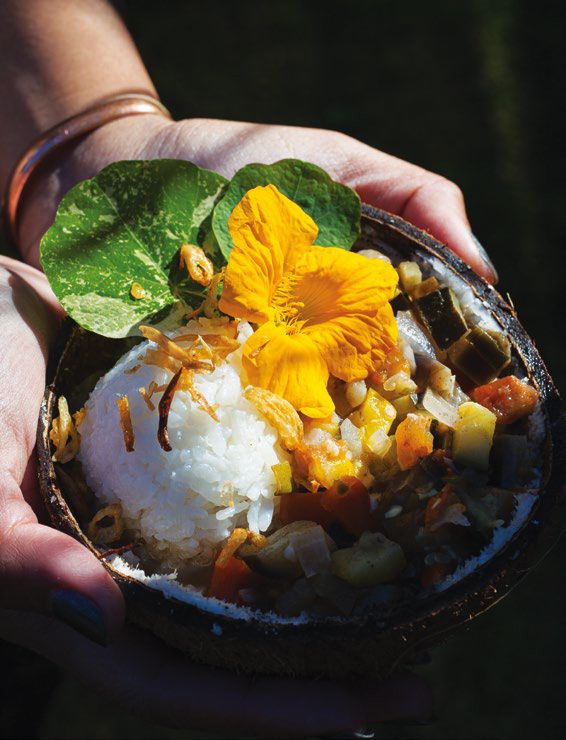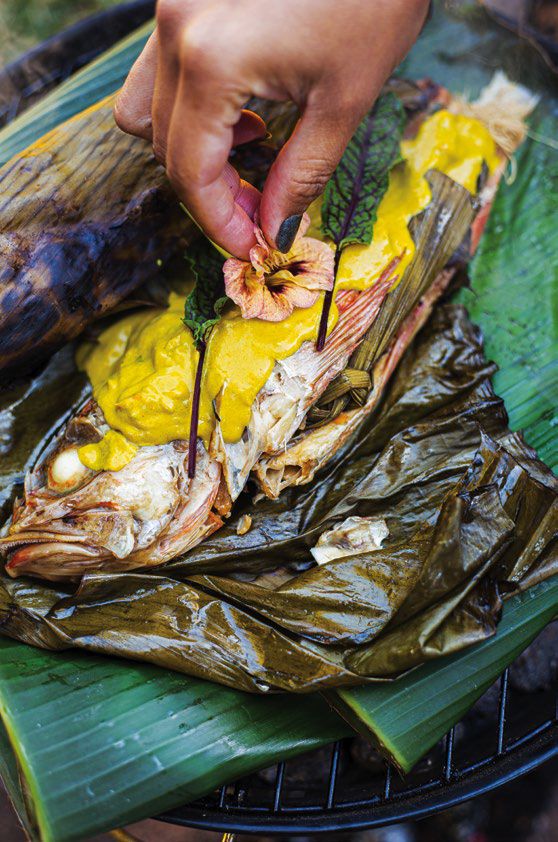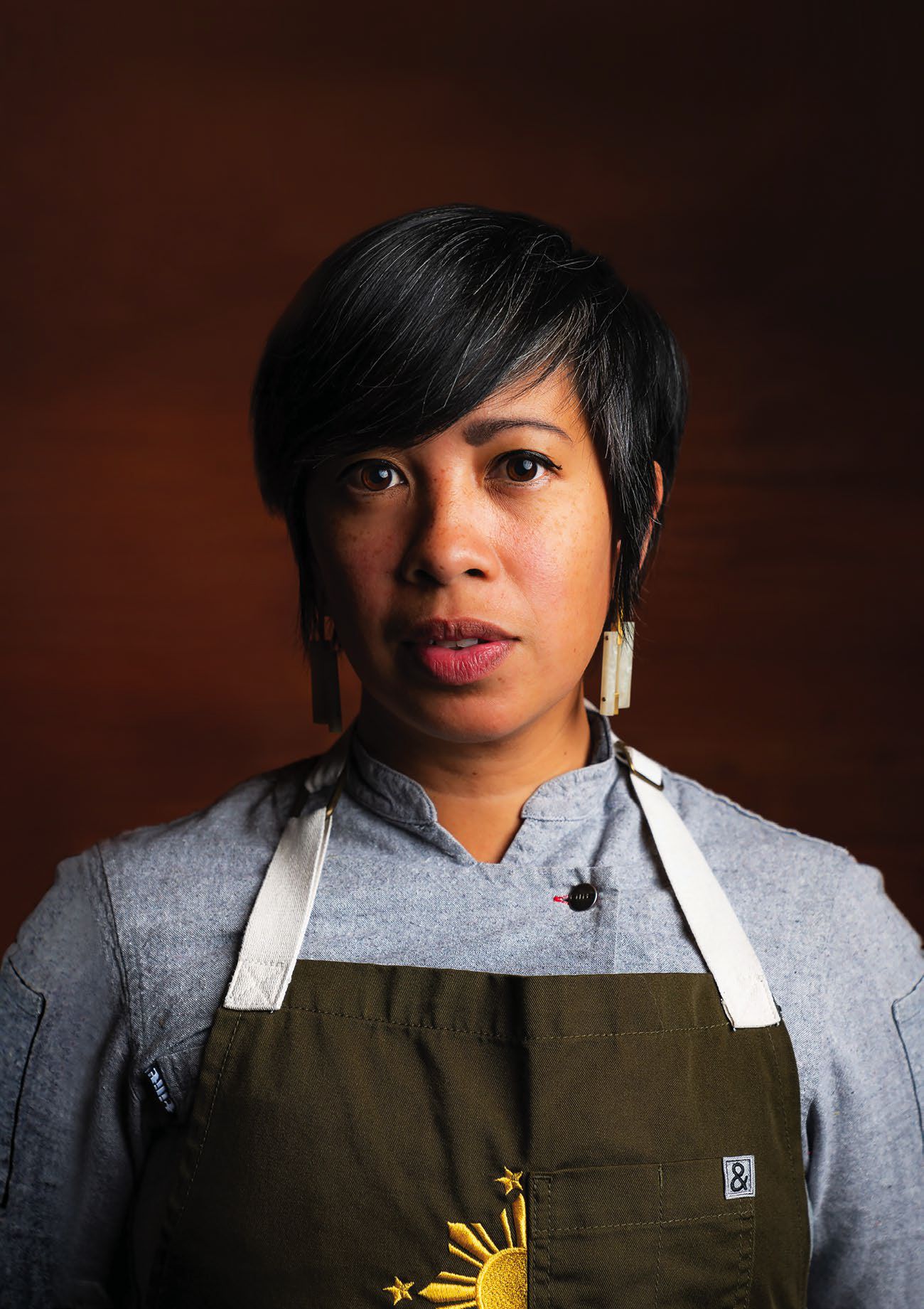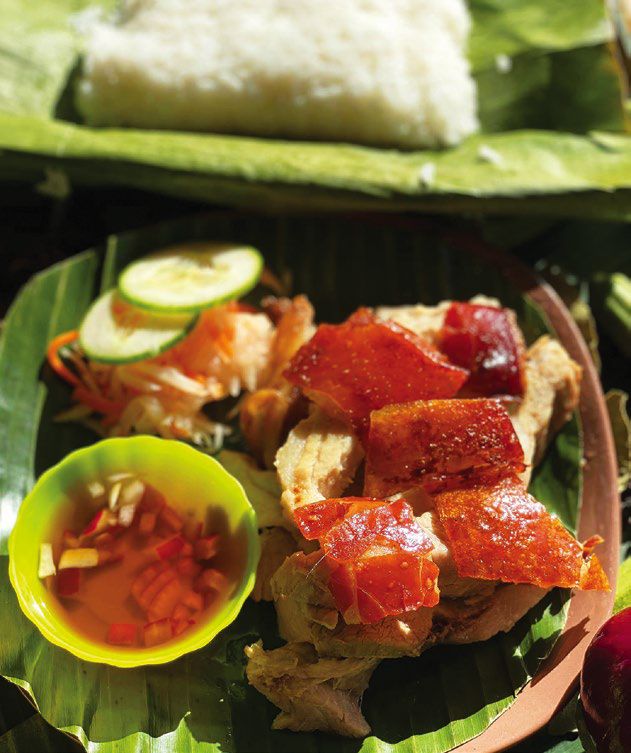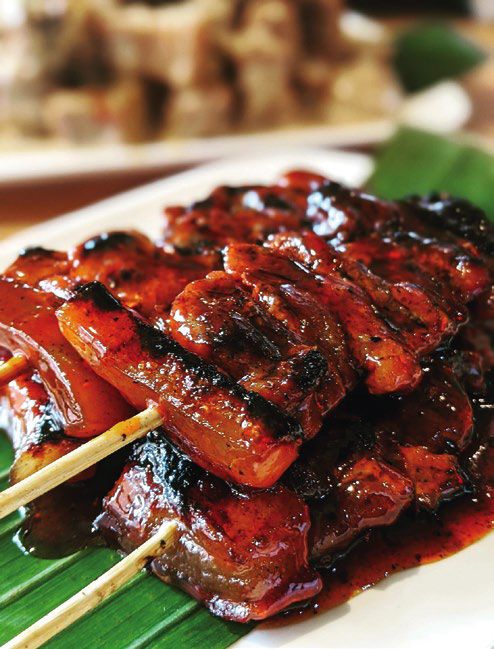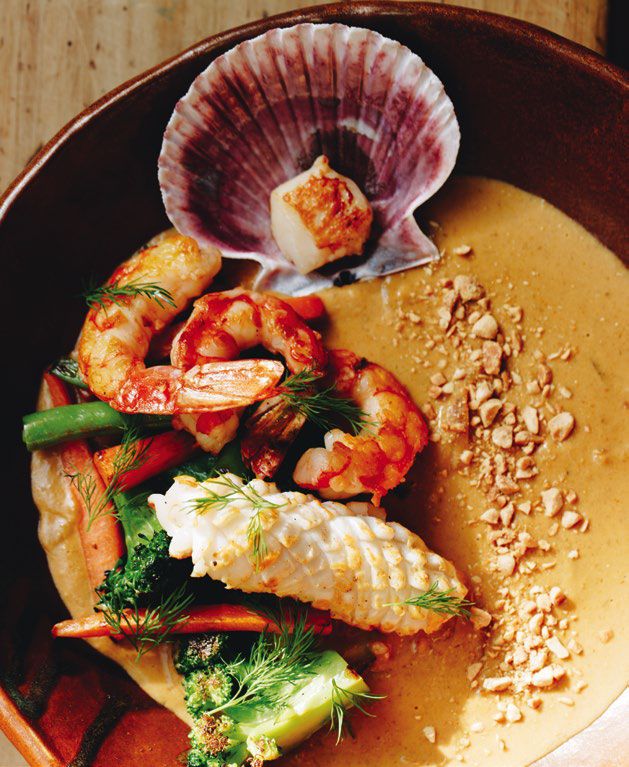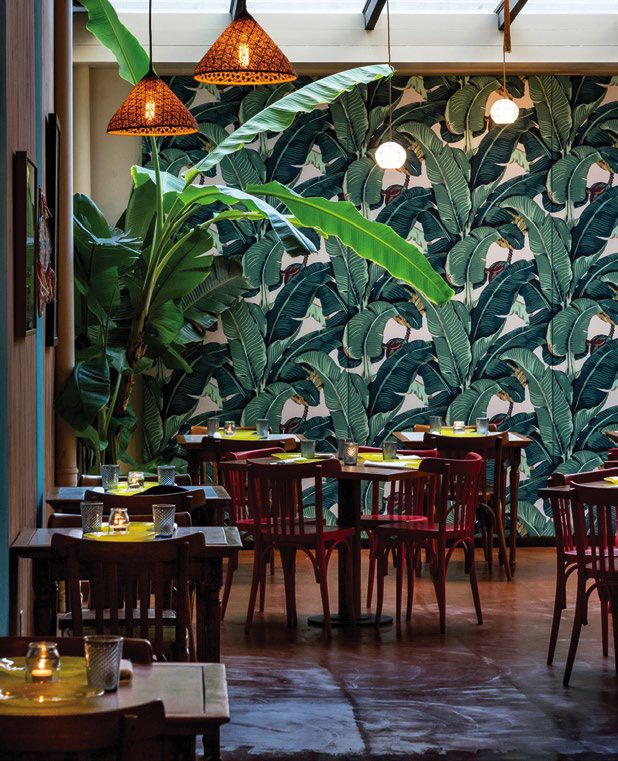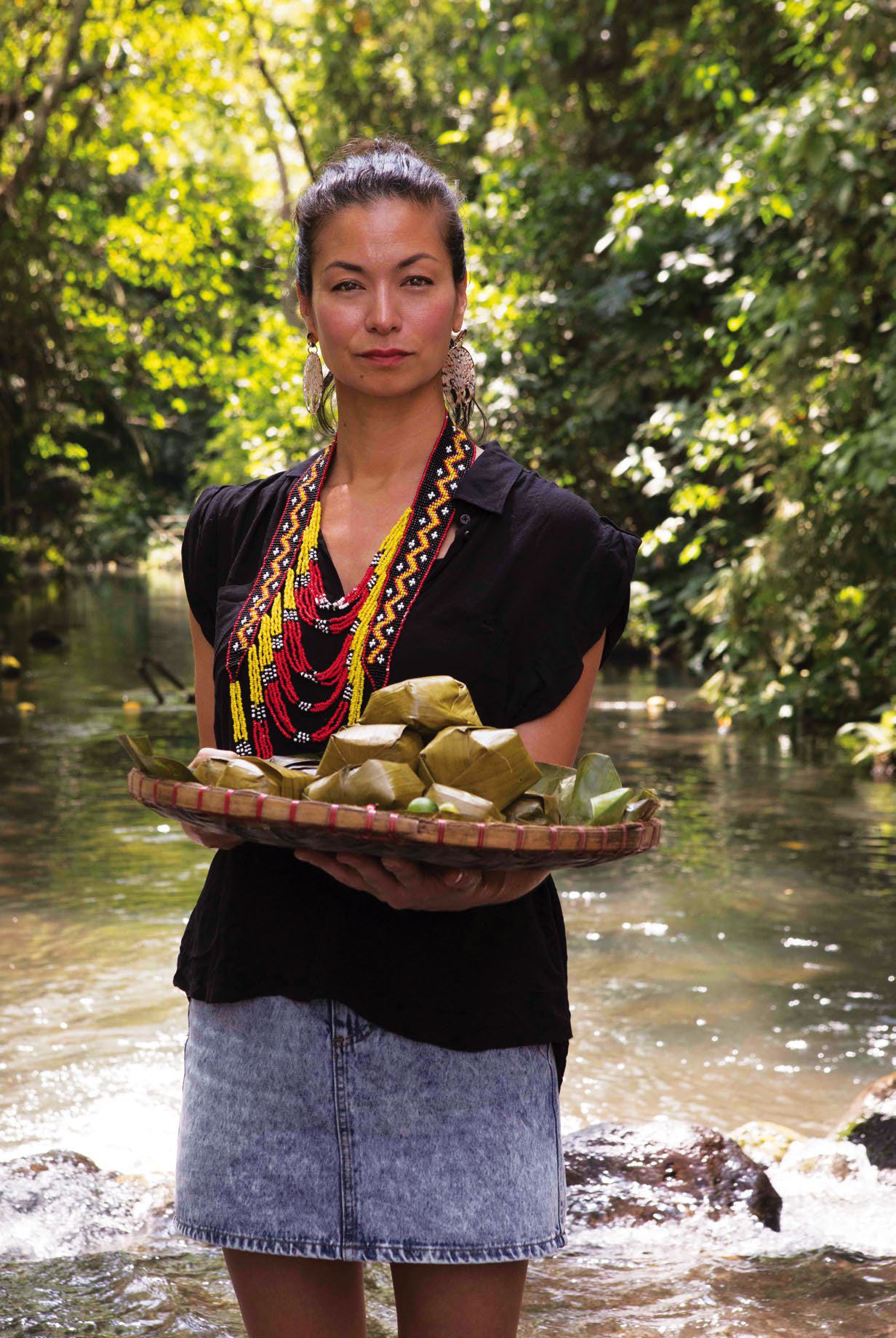For years we’ve tried to push Filipino cuisine as the next best thing. There’s still a lot to be done to get to that stage. Luckily, these culinary ambassadors are willing to put in the work.
Most of the pop-up dinners Yana Gilbuena did prove to be a challenge. In her quest to promote Filipino cuisine, the 37-year-old had been all over the map—from North and South America to parts of Europe, Australia, Mexico and New Zealand, to name a few—to cook chicken binakol (chicken simmered in coconut water) and Bicol express (spicy pork stew in coconut milk) in the hopes that more people would get to know the food she enjoyed while growing up
It didn’t take long for her to realise that introducing Filipino cuisine would be the least of her problems and that the unpredictability of things would be the single most challenging part of her tour. “Whether people will buy tickets to the dinner, whether I’ll have a host to let me stay at their place, whether I’ll have the money to pay for the bus ticket for the next city—doing the pop-ups was basically being in a state of uncertainty at all times,” she says.
There was an instance when she had to use a panini press to cook tocino (sweet cured pork) or bake rice in the oven, as well as nights when she considered sleeping on the street, for money didn’t come as easily. Still, she soldiered on and continued her Salo Project over a span of five panic-inducing but definitely rewarding years, with common customer reactions such as “that tastes familiar” and “it’s delicious”, giving her the drive she desperately needed.
Will Mahusay, who manages a lechon shop in Sydney, Australia, would get the same sentiment from his customers. “A lot of them get surprised that it’s only just now they’ve eaten Filipino food and how legit full of flavour it is! I love seeing the mixed expressions on their face, that flavour party in their mouth and the surprised look!”
His family started a catering business at the outer west suburb of the Australian capital 30 years ago and in 2019, they opened Sydney Cebu Lechon in Newtown, selling, among many things, pork barbecue, chicken humba and their signature charcoal-roast pork.
“It was challenging for the first six months because only a handful have ever heard of Filipino cuisine,” he says. “We got around that by adding English translations in our menu. Longganisa became pan-fried garlic pepper pork sausages. After that, we saw more and more locals visiting us, thanks to media coverage that gave us the opportunity to educate the public about our food.”
In Buenos Aires, Christina Sunae actively waves the flag of the Philippines—and she’s not even a full-blooded Filipino. She runs two southeast Asian restaurants—Cantina Sunae and ApuNena, named after her Kapampangan grandma—both of which serve dishes such as kinilaw na hamachi (fish cured in vinegar), ukoy (vegetable fritters), kare-kareng dagat (seafood in thick peanut sauce), bola-bola (Pinoy meatballs) as well as the Tausug grilled meat skewers called satti.
Read Also: Metiz Restaurant's Chef Stephan Duhesme Re-Interprets Filipino Food
